Despite warnings about the inadequacy of Senegal’s health care system, the country’s COVID-19 case numbers remain among the lowest per capita in the world, largely due to its fact-based and swift response. Following the country’s first COVID-19 case, Senegal enacted several public health policies to prevent community transmission and protect its fragile health system. Observers credit transparent and consistent public messaging for widespread support of essential measures, including mask mandates, that have kept the virus in check throughout many of the country’s urban areas.
In fact, this past month, Foreign Policy magazine ranked Senegal’s pandemic response second out of the 36 governments it examined in its Global COVID-19 Response Index, and the Senegalese government scored highest for communication. Indeed, in a country with limited resources for widespread testing and treatment, communicating the country’s status and the importance of adherence to public health measures is a valuable tool for prevention. Even Dr. Abdoulaye Bousso, director of Senegal’s Health Emergency Operation Center, has emphasized the importance of transparency as means of countering misinformation and mobilizing support for public health measures, such as face masks and handwashing.
In this way, data on communication channels such as radio listenership, newspaper readers, and television viewership can contribute to a robust COVID-19 policy response—and, indeed, any crisis response needing effective outreach and communication. With most cases concentrated in the country’s dense urban areas, we at Fraym have analyzed communications-related indicators across cities to examine this strategy—and its success—in hyperlocal detail.
In densely populated areas like Dakar and Touba, support for public health measures such as social distancing has proven effective for mitigating COVID-19’s spread. When available, rapid and reliable community-level information on media consumption patterns, communications channels, and internet access can enable public health officials to deliver messaging that may make the difference between an outbreak and a largely successful containment effort. In Dakar, the country’s health ministry announces via Facebook, radio, and television the country’s new COVID-19 cases, deaths, recoveries, and contacts traced each morning.
Notably, according to data produced using machine learning models, media consumption behaviors differ across Dakar’s neighborhoods (Figure 1). For example, the arrondissement of Dakar-Plateau, home of most ministries and public administration offices, has high TV viewership at 79 percent and mobile phone ownership at 87 percent, compared with only 22 percent of households owning a computer. In contrast, the less densely populated arrondissement of Parcelles Assainies has both higher computer ownership and mobile phone ownership, at 37 percent and 99 percent, respectively. In both neighborhoods, similar TV viewership rates (80 percent in Parcelles Assainies) indicate this medium would be an effective choice for public health campaigns.
Figure 1
Source: Fraym
Hyperlocal data like the above can also be used to combat future outbreaks. With the recent Magal pilgrimage drawing tens of thousands to Touba, many health experts fear an outbreak may follow. Communications data in this city’s neighborhoods could bolster the dissemination of messaging from the health ministry. The lower left box within Figure 1 shows a similar pattern of television ownership to Dakar, with close to uniformly high rates decreasing outward to the city limits. For the 9 square kilometers surrounding the Great Mosque in particular, 66 percent of inhabitants own a mobile phone, 81 percent watch TV regularly, and almost half listen to the radio. On the other hand, only 12 percent regularly read newspapers and only 23 percent own a computer. In light of the dramatic influx of travelers–who have the potential to increase COVID-19 exposure in the surrounding area—this month, localized data indicates that the most effective public health messaging would be transmitted via TV and supplemented by radio and SMS push notifications.
Per outside assessments like that in Foreign Policy, Senegal’s successful response to COVID-19 has largely hinged on quickly communicating the number of caseloads, new information about the virus and its spread, and the government’s response plan. With transparent messaging, many public health measures—such as mask mandates—have drawn widespread public support and helped reduce potentially devastating outbreaks. Senegal has demonstrated that providing the public with rapid and frequent information is both a cost-effective and powerful strategy against COVID-19.
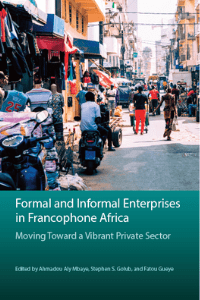
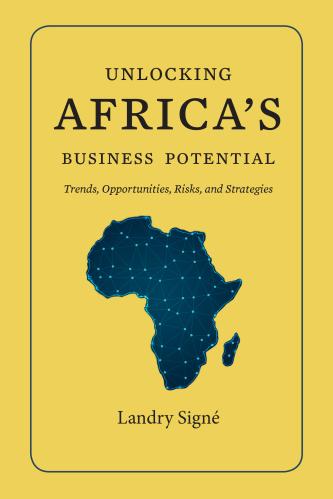

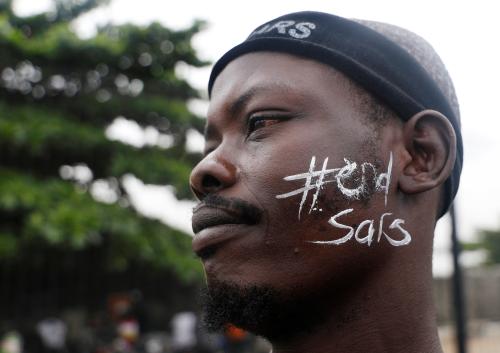
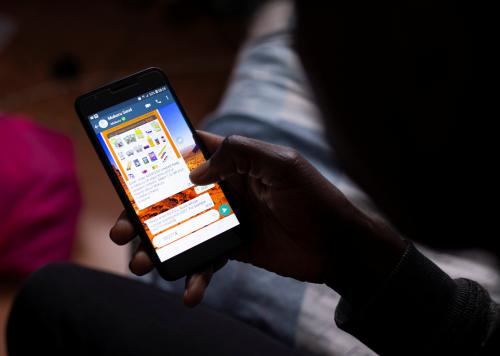
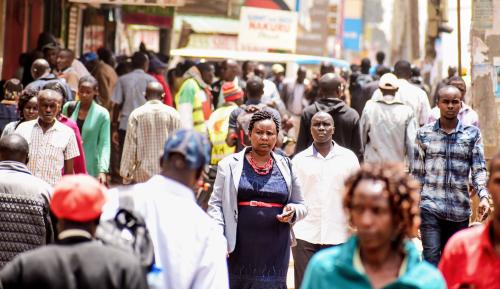



Commentary
Localized communication plans help Senegal control COVID-19
November 10, 2020